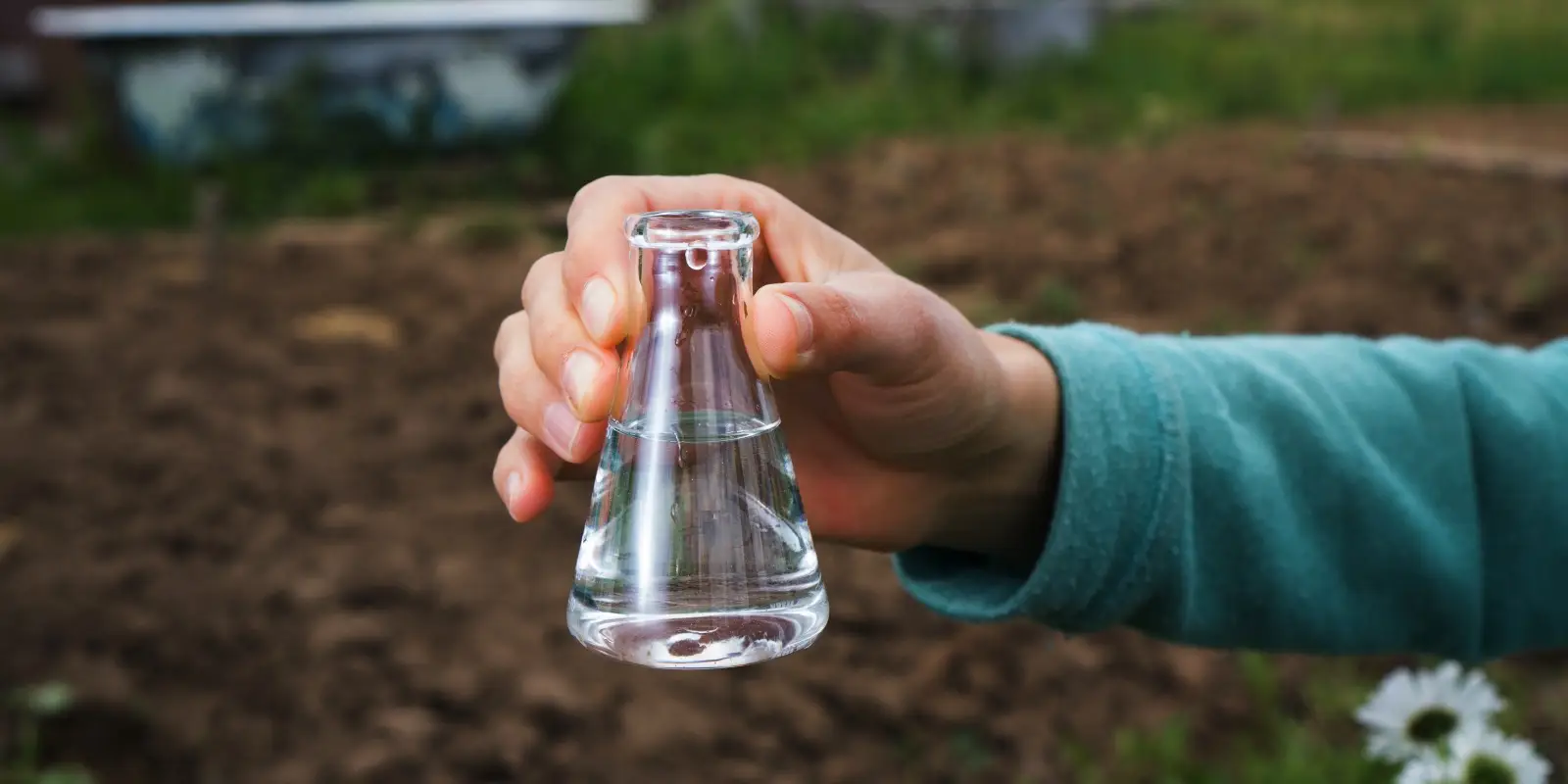WHAT NO ONE IS SAYING ABOUT THE FORT DETRICK GROUNDWATER CONTAMINATION
By Shannon Lawlor

It’s been over a decade since Fort Detrick first began its operation to remedy groundwater contamination. Hazardous materials from biological and chemical research conducted at Fort Detrick in the 1900s contaminated Area B, but the story of Fort Detrick goes deeper than a simple mistake made with waste disposal. Accounts of personal hardships, illness, and negative long-term effects from the contamination plague the residential communities surrounding Fort Detrick. The worst part? No one’s paying them any attention.
Suggested read
: 20 of the Best Fort Detrick RestaurantsBackground on Fort Detrick’s Groundwater Contamination
Fort Detrick is located within the city limits of Frederick, Maryland. The base was a biological weapons research center in the 1900s. It tested biological and chemical warfare materials. The exact live-testing agent materials are unknown. But we do know some of the stimulant materials included the following:- Bacillus Globigii
- Serratia Marcescens
- E. Coli
More like this:
The USS Yorktown Is About To Cause Another Water Pollution ProblemGroundwater Contamination Sites
The area is classified into three different areas: Area A, B, and C. The contamination is predominantly located in Area B, which is currently being treated, but locals have come forward over the years to explain how they believe the water contamination impacted them and their families in other areas.The Disturbing Impact
It’s difficult and sometimes impossible to purify contaminated groundwater. But officials came up with a plan to eradicate the contamination. The area has been monitored for over a decade. Significant strides have been made in cleaning up the contamination. But is it too late? There have been a disturbing number of cases brought forth by local residents regarding the Fort Detrick water contamination. Locals discuss stories about illness, cancer, and death, allegedly connected to the research contamination. A high number of cancer cases have been recorded in surrounding neighborhoods.1,300 cancer cases in a one-mile radius from the site
have been documented by the Kirsten Renee Foundation. Many believe this is a direct result of the contaminated water. A cancer survivor came forward to explain the impact she believes the contamination had on her life and her family. She was only one of several residents seeking $750 million for harm and death allegedly due to exposure to hazardous materials at Fort Detrick. They haven’t had luck with the case moving forward, as government agencies seem unwilling to hear their cases. Many of these cases have been raised over the past few years about the impacts that the contamination allegedly had on locals. All cases were dismissed, but the residents claim they will continue to fight until their voices are heard. The Agency for Toxic Substances and Disease Registry released a report in 2009 that claimed the groundwater contamination wouldn’t cause health effects. But the Center for Disease Control gave Fort Detrick the highest biosafety level. This means the site contains biological agents so toxic it requires the highest level of precautions to keep them contained. So while it isn’t stated that the site is a concern for neighboring citizens, the number of cancer diagnoses, toxicity, and personal stories of illness and impact lead locals to a different conclusion.What Now?
The groundwater contamination is reportedly seeing progress. It will be another couple of years before any reports are released on new findings surrounding contamination research. Movement forward requires a lot of funding. The process is expensive. There is also little documentation on where toxic agents are on-site. So, it is a long-winded process that will continue to be of concern for Fort Detrick for the foreseeable future.Read next:
20 of the Best Things to Do Near Fort Detrick, MDSHARE:
TAGS:
contamination
groundwater contamination
toxic water
JOIN OUR NEWSLETTER
Get the latest news and military discounts



